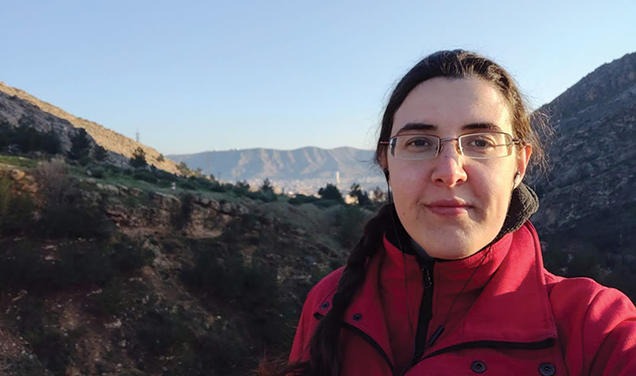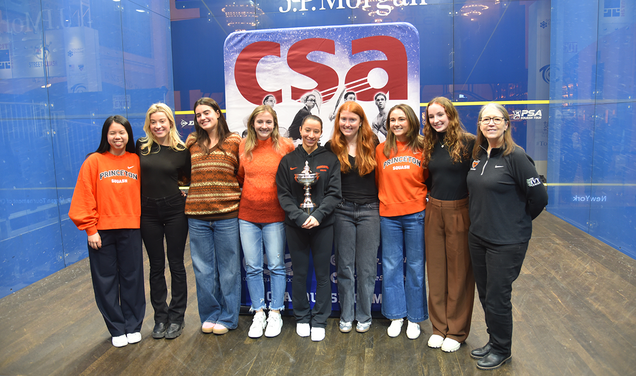
Lawrence Goldman *69 *76 arrived at Princeton in 1967, just weeks after riots ravaged Newark and came to define New Jersey’s largest city in the minds of many Americans. As a graduate student in the Woodrow Wilson School of Public and International Affairs, Goldman studied what seemed to be Newark’s unstoppable decline. Recently, however, though Newark remains one of the nation’s poorest and most violent cities, violent crime has declined, and urban pioneers have created new residences, eateries, and shops. Over the last two decades, Goldman has helped promote Newark’s revival as a driving force behind the creation of the New Jersey Performing Arts Center, which he now leads as president and chief executive officer. That work earned him the James Madison Medal, which he is to receive on Alumni Day. He spoke recently about the city and the arts to PAW’s Mark F. Bernstein ’83.
When did you first become interested in Newark?
I arrived to do my graduate work in urban affairs 15 days after the Newark riots. It was impossible at that time to think seriously about urban affairs and not somehow address what had happened in Newark and many other American cities. I studied Newark, wrote about Newark, and eventually became involved in the campaign to elect Kenneth Gibson, the first black mayor of Newark, in 1970. When I was living in Princeton in the late ’60s and early ’70s, Newark was really my second home.
Has the city been revitalized?
There has been a complete metamorphosis — not just in physical terms, but in how people think about Newark. Having spent more than 30 years working on urban change, I have concluded that the first turn a city has to make is a psychological turn, and Newark has made a seminal psychological turn. There is a new sense of hope and of momentum.
What caused it?
The recent changes politically, with the election of Mayor Cory Booker in 2006 and an almost totally new municipal council, have been very important. The nonprofit institutions — the New Jersey Symphony Orchestra, the Newark Museum, the universities and law schools, and the New Jersey Performing Arts Center — also have had a huge impact.
How has the arts center contributed to the city’s revitalization?
For Newark to have an arts center that aesthetically and acoustically is considered among the two or three best in the country emphatically demonstrated that we could rise above the average and do something that was internationally significant. Second, the arts center has brought people to Newark from around New Jersey and New York — people who had either never been here before or had organized their lives since the 1967 riots in a way that averted Newark completely.
In an age of video and music on demand, how big a market is there for a public arts center?
This is a real problem. We have an “I’ll decide, not you” generation, and it’s tough to get them to come to the performing arts. Things like TiVo and DVDs have made a whole realm of competition for the live performing arts that didn’t exist before. I believe some performing arts centers will find ways to be flexible and adapt, and some will not.
Who is the audience?
Our target audience is as diverse as possible. We are extremely proud, for example, that 26 percent of our audience is other than Caucasian. I don’t think there is another arts center in the world that has that kind of diversity.
Has modern art lost some of its connection to its audience?
You have to strike the right balance between pushing the audience and satisfying it. Each arts center finds a different balance point. Outside of Carnegie Hall, for example, we have the most important classical orchestra series in the country. Now, classical music is having a harder time finding its audience, but we feel it is important to have a center that keeps that art form alive. We’re trying to find ways to make it more accessible, less stuffy, less formal, and more fun. But the quality of the music in the end is what it’s about. Does that mean we have lost our connection to our audience? Some would say yes, because there are fewer people interested in classical music. On the other hand, we are trying to broaden the audience.
Have the expectations of a performing arts center changed?
It used to be that you just had to put high art on the stage and an ad in the newspaper. Now arts centers have to be bigger than what’s on our stages. I think they have to become town squares for their communities, offering a full range of activities in addition to the performances. In a world where people tend to be disconnected by electronics, arts centers can play the role of rehumanizing human intercourse.










0 Responses